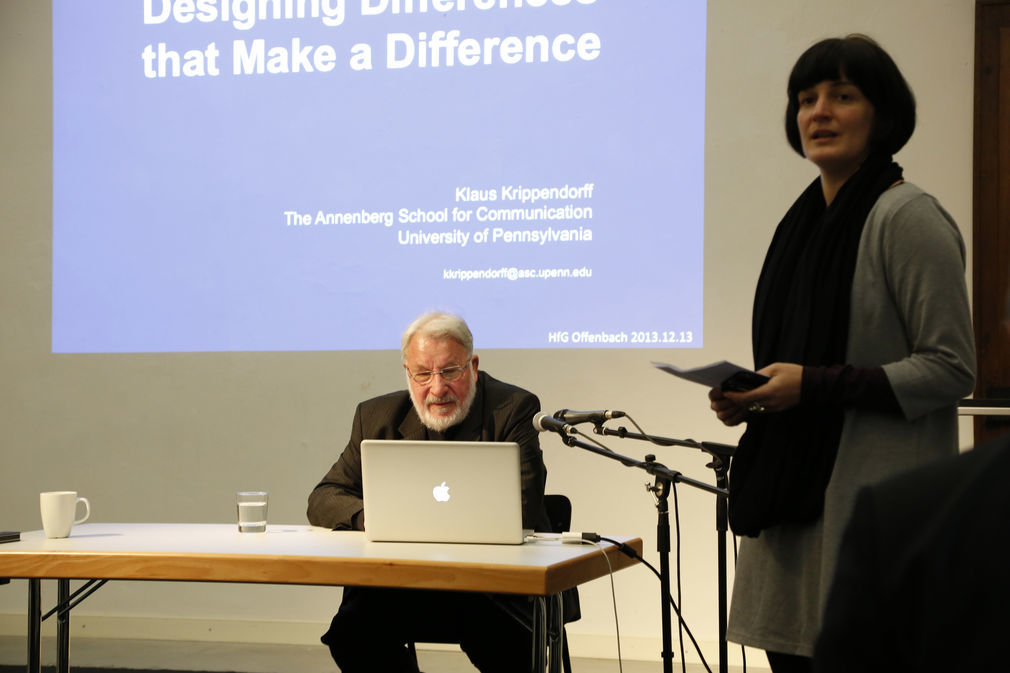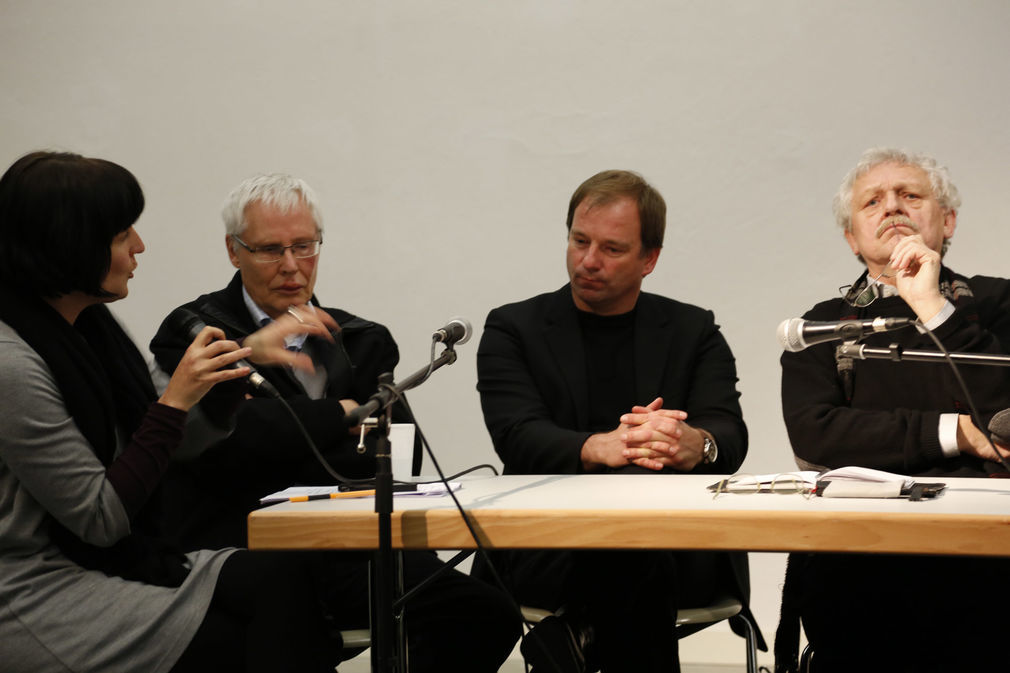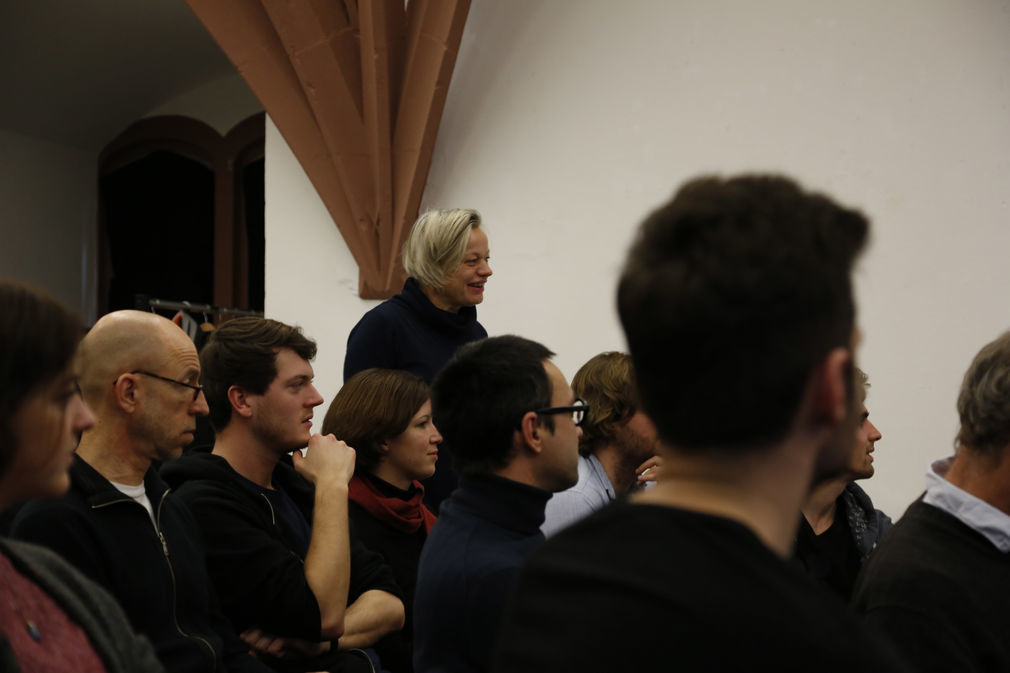Dr. Sandra Groll
Serial Aesthetics. A design theoretical study on the social function of design
(School of Design)
Design is always also the design of society. It models the objects in our environment by giving them their shape, and shapes the visual self-conception of society as a perceived phenomenon – and in all this, it remains entirely founded in the structures of the society in question. It is precisely this fascinating relationship that needs to be adequately described.
The culturally relevant aspect of design is to be conceived not just in a continuous improvement of individual artefacts for the benefit of the consumer or producer, but equally in its function of making communication within a society possible. Thinking about design then has to mean not merely understanding it in terms of shaping, production, consumers’ desires or market requirements, but rather understanding it in terms of the evolution of the society determining it.
Design theory should be able to place both fundamental social conditions as well as individual phenomena specific to the discipline in a coherent correlation and provide explanatory models. As a social phenomenon among others, design as a discipline, job description and promise did not emerge from a culturally void context, but is rather contingent upon social developments through which its specific cultural function is differentiated.
According to the hypothesis, this function is not to be seen merely in the specific shape of objects or the provision in the discursive context of various design principles or aesthetic seduction motifs, but starts by grounding this cultural function in its topical, temporal and practical orientation in light of the demands made by all kinds of inter-penetrative relationships in social systems.
These reflections are in no way meant to lead to the conclusion that the classic questions and topics of design become irrelevant in theoretical examination, rather, they have to be reclaimed against the backdrop of a theory of social systems.
The underlying hypothesis assumes that design can be described, on the one hand, as a system of social functions with specific processes, discourses and modes of operation, and on the other as a symbolically generalized communication medium. The evolution and future of this system can thus only be comprehended against the backdrop of the evolution of the social system it is dependent upon. Consequently, the theoretical frame of reference will be provided by social systems theory.
The complex manifestations of design point to an object whose fuzzy edges make it hard to grasp. It will be necessary to differentiate between those phenomena that can be counted among the subsystem of design and those which must be counted as phenomena of design as a symbolically generalized communication medium.
Tutors:
- Prof. Hans Zitko
- Prof. Bernhard E. Bürdek
- Prof. Frank Georg Zebner
Zwischen Kontingenz und Notwendigkeit Zur Rolle des Designs in der Gesellschaft der Gegenwart



